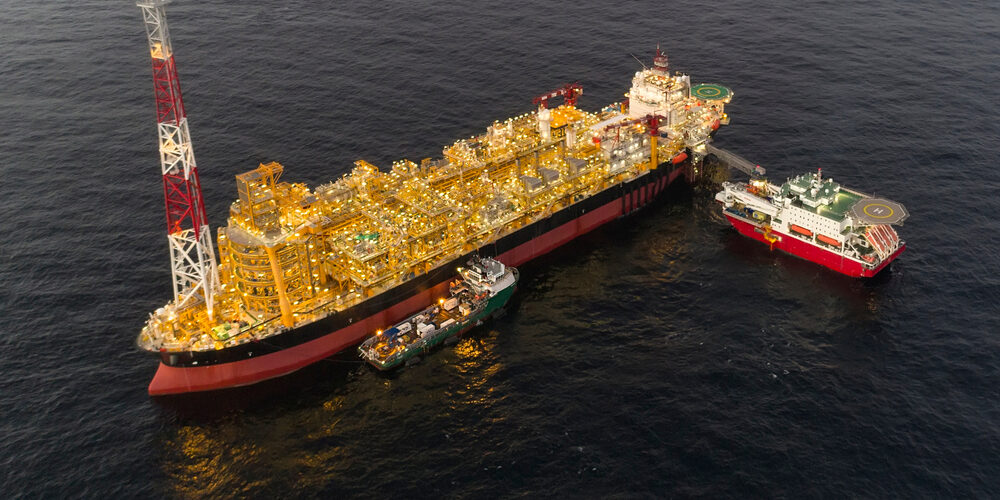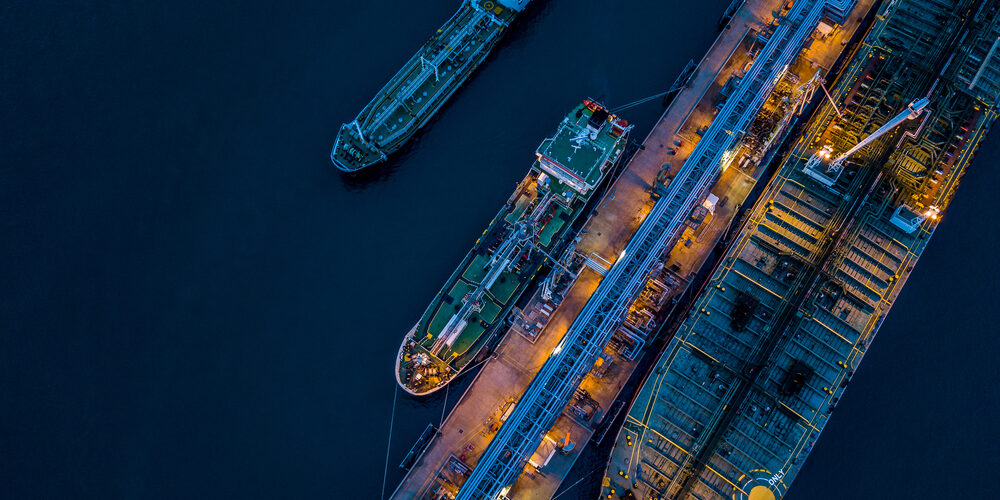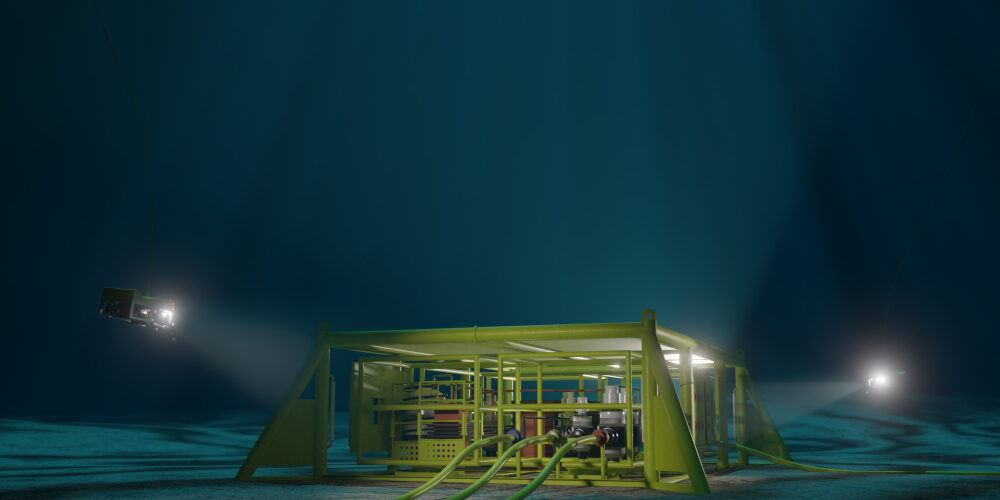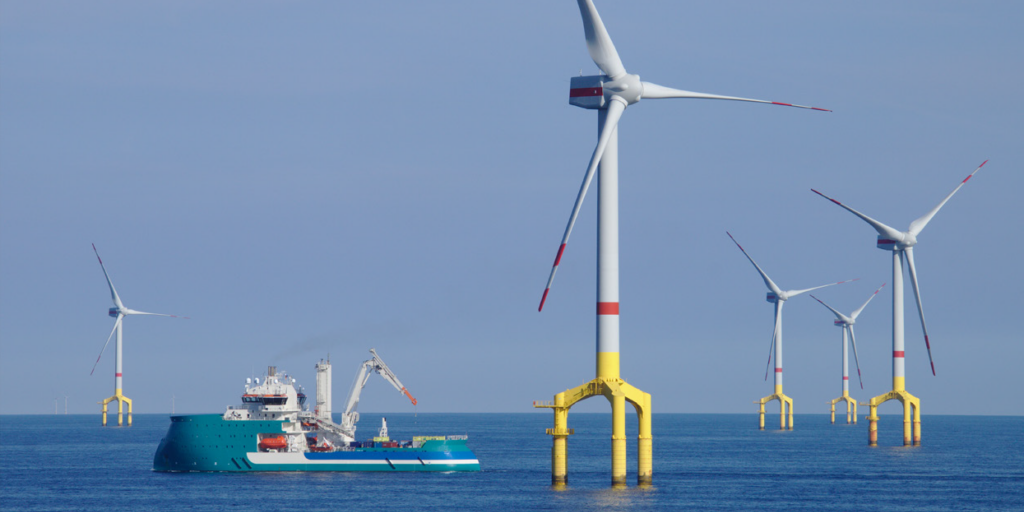Home »
Client: Australian Operator
Industry: Oil & Gas
Asset: Floating Production Storage and Offloading Unit
Location: North-West Shelf Australia
Year: 2021-2022
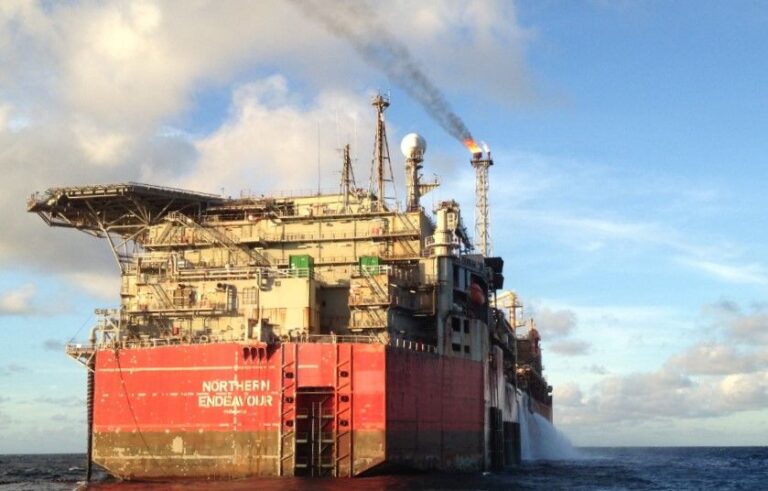
Challenge
The facility was shut down by the Australian Regulator due to several safety concerns. The aim of the study was to assess the suitability and integrity of the FPSO unit for wet towing.
The key tasks included
- Route specific towing finite element analysis incorporating critical anomalies and topside module effects
- Screening of topside module by comparing tow route motion and acceleration values and original design accelerations for each tow route and wave headings
The objective of the study was to carry out towing analysis in line with GLND and IMO guidelines for a voyage from the field to the following destination ports:
- Southeast Asia (via Java Sea)
- Dalian, China route (via Luzon Strait)
- Aliaga, Turkey route (via Cape of Good Hope)
- Whyalla, South Australia route (via Offshore Dampier & Cape Leeuwin)
Scope
- Conduct the hydrodynamic analysis to evaluate the extreme environmental conditions with the metocean data (restricted and unrestricted) for a feasible voyage plan and weather window to tow the FPSO safely.
- Establish the on-station loading conditions, and as well transit loading conditions.
- Prepare the Finite Element Model using and conduct the structural strength for all four routes with optimised voyage conditions.
- Review the structural strength and advise on the repair requirements.
- Screening of topside module motions by comparing tow route motion and acceleration values and original design accelerations for each tow route and wave headings
- Development of tow plan

Key aspects of the scope:
- Wet Towing operations (Strom holding conditions).
- Intact and Damage stability with loading conditions.
- Wet towing operations are investigated with Hogging and Sagging conditions.
- Cyclonic and Non-Cyclonic environmental conditions were used as per DNVGL-ST-N001 with various return periods for each tow route.
- Most unfavourable weather conditions were considered to optimise the towing operation.
- Analysing the refuelling stops for each tow route with the total fuel capabilities of the towing vessel
Outcome
As per the outcome of finite element analysis, limiting wave height, tow speed and weather window was defined each tow route. As the underlying philosophy for all the 4 tow routes execution and subsequent screening of tow route feasibility is that there is no additional global hull strengthening required above the current design capacity, the strength utilisation was also derived for each tow route. The overall scope of the work was reviewed and endorsed by the Classification society.

